Mindful (adjective)
1. conscious or aware of something; 2. focusing one’s awareness on the present moment, especially as part of a therapeutic or meditative technique.
Movement (noun)
1. an act of moving; 2. a change or development
Inspired by yoga, but free from dogma and oppressive social constructs, this is a space where students from diverse backgrounds are empowered to reflect and explore movement on their own terms. Through her training as both a dancer and yogi, Nerine harmonises disciplined structure with free-flowing movement allowing both body and mind the freedom to explore the changing needs of our daily lives.
Classes incorporate the universal tenets of yoga and honour our organic connection with Nature by adapting the practice to complement each season, cultivating holistic inner balance.
Here, practitioners are invited to pursue their best selves in an environment free from judgement or comparison, where all bodies are respected exactly as they are.
I’ll bring the movement, you bring the mindfulness.
Styles of Yoga
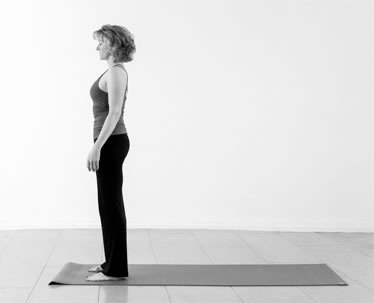 It’s important for students to choose the style of yoga which best suits their individual needs, and therein lies the rub. It’s common for people to gravitate towards a yoga which most reflects their current habits, lifestyle, or assumptions, but if yoga is about helping us find balance in our life, perhaps we should consider what cultivating balance means for us and choose accordingly. Just like people, not all yoga is the same. Below is a general description of several styles to begin to familiarise you with the cornucopia of options:
It’s important for students to choose the style of yoga which best suits their individual needs, and therein lies the rub. It’s common for people to gravitate towards a yoga which most reflects their current habits, lifestyle, or assumptions, but if yoga is about helping us find balance in our life, perhaps we should consider what cultivating balance means for us and choose accordingly. Just like people, not all yoga is the same. Below is a general description of several styles to begin to familiarise you with the cornucopia of options:
Hatha
The classical form, typically focused on physical postures and associated with a slower, gentle pace. These classes will usually include breathing practices, pranayama, as well as some form of meditation. Origins can be traced to the Hatha Yoga Pradipika, a 15th century text.
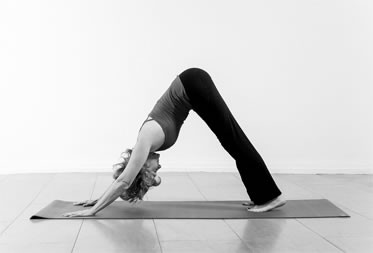 Yin
Yin
Created by Paulie Zink in the late 1970’s, Yin incorporates many of the Taoist yoga concepts of the far east. Poses are held statically for long periods of time to allow joints and muscles to open and relax rather than activating them into contraction; this can be a soothing practice. Don’t be fooled though – whilst the pace is slow and it is sometimes described as passive, this can be a very strong practice.
Restorative
Derived from Iyengar, poses are held comfortably for long periods of time fully-supported by yoga props in order to induce a relaxed, meditative state. Ideal for those suffering from stress, others may find it to be one of the more mentally challenging styles as it allows students ample time to fully-immerse in their consciousness.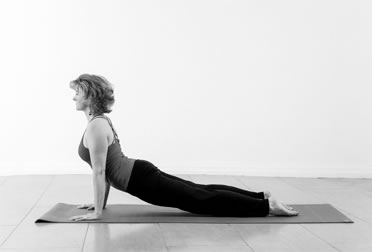
Viniyoga/Therapeutic
A breath-driven practice adapted from the teachings of T. Krishnamarchya and his son, T.K.V. Desikachar, this style is highly-personalised as it is adapted to the individual student’s unique needs and conditions. Krishnamarchya, the father of modern yoga who began teaching in the 1920’s, went on to instruct BKS Iyengar, Pattabhi Jois, and Indra Devi, while heavily influencing others, including Vanda Scaravelli who trained with Iyengar and Desikachar before crafting her own signature style.
Yoga Nidra
A meditative practice, recently adapted from Tantric scriptures by Swami Satyananda Saraswati, where students are guided to the edge of sleep without succumbing in order to induce a deeply relaxed physical and mental state.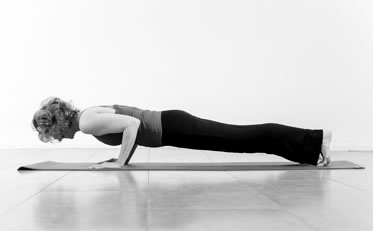
Iyengar
Created by BKS Iyengar, this version of yoga focuses on the perfection of physical alignment. Iyengar is credited with inventing the multitude of yoga props found in many classes today.
Vinyasa
Also known as Flow Yoga, these classes will typically incorporate sequences of poses which will flow, slowly or quickly, from one into another. The origins of Vinyasa are found within Ashtanga.
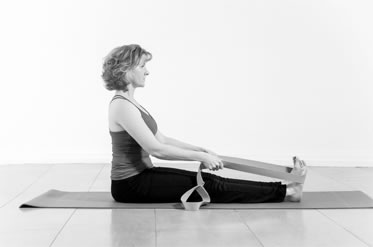 Jivamukti
Jivamukti
Created by Sharon Gannon and David Life in the 1980’s, this dynamic physical practice incorporates elements of Bhakti yoga, a devotion-based practice which may include chanting or singing (Kirtans).
Ashtanga
A physically-demanding practice, Ashtanga is comprised of a precise order of memorised movements which students practise independently, both in a private or shared space, to produce internal heat and increase strength. K. Pattabhi Jois is credited with establishing Ashtanga in the 1940’s.
Hot/Bikram
Practised in a room heated to 35 to 42°C, this physically-demanding practice is a 26-posture sequence of poses invented by Bikram Choudhury in the 1970’s.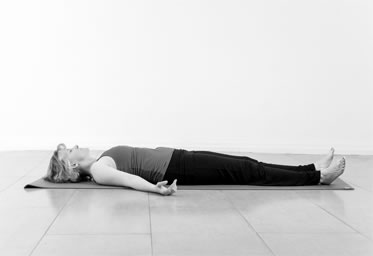
Regardless of which style(s) you choose to explore, always research a teacher’s experience and qualifications. Enthusiasm is no substitute for proper training.
